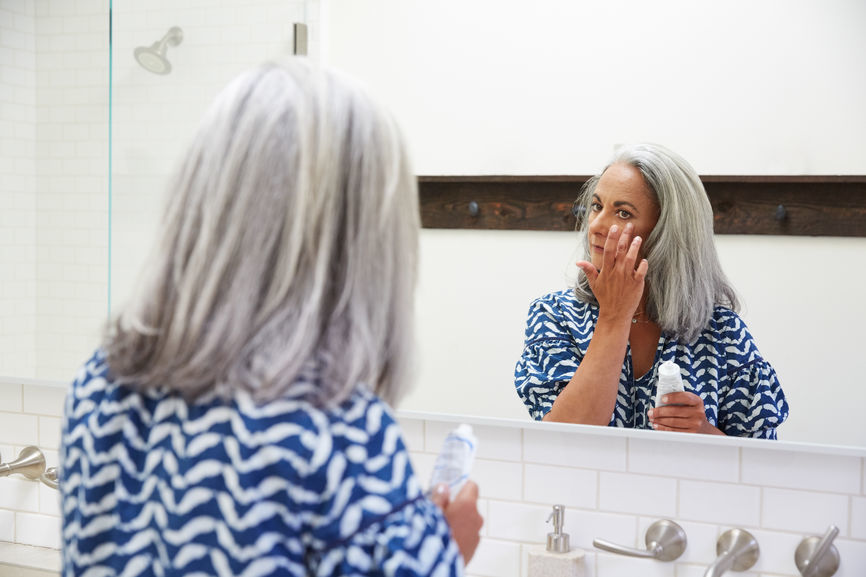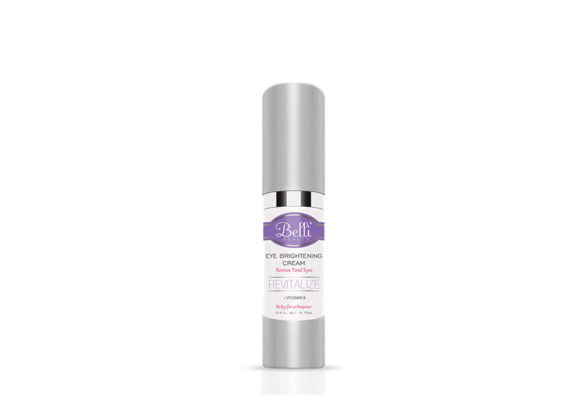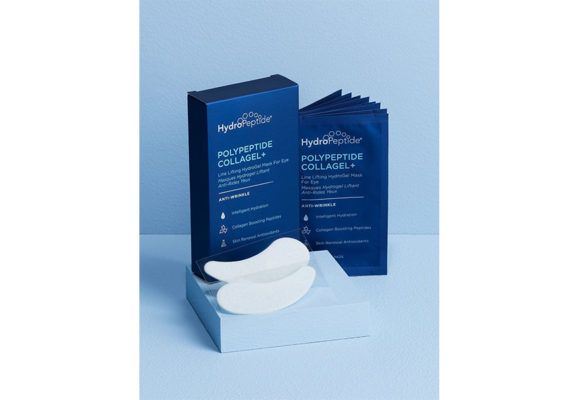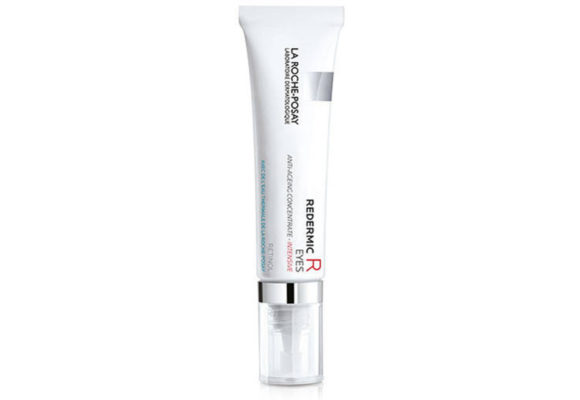
August 25, 2019 at 12:00AM by CWC
There are a lot of things that are really fun about getting older: no bedtime, being able to eat ice cream whenever you want, spicy margaritas. But on the other side of this naughty and nice list—right below “paying bills” and “going to work”—you’ll find under-eye wrinkles.
I noticed my own “crow’s feet” for the first time earlier this year, at the ripe old age of 28, when a dermatologist pointed them out to me… before offering to inject them with Botox. And while I’ve always known that these fine lines were a natural part of getting older, I couldn’t help but wonder where the heck they came from, and why they suddenly decided to show up.
What causes under-eye wrinkles?
“The skin around the eye is one of the thinnest areas of skin in the body and is very fragile,” says board-certified dermatologist Nava Greenfield, MD, of Schweiger Dermatology Group in Brooklyn. And over time, “the collagen in the dermis of the skin under the eyes breaks down and loses its volume and elasticity. This occurs because of age, sun exposure, genetic factors, and environmental damage.” She adds that people with lighter skin tones are more susceptible to under-eye wrinkles because people with darker skin tones have a greater amount of pigment, which acts as a natural sun protectant and “will prevent an acceleration of collagen breakdown.”
The fact that I spend a lot of time staring (okay, squinting) at a computer screen also isn’t doing me any favors. “Making wrinkles and holding them causes the matrix of collagen and elastin to bend,” says Jame Heskett, holistic MD and author of The Well Path. “The more you bend something over time, the more it has a tendency to stay in that state.” For this reason, sleeping on your side or stomach—which smooshes your face against your pillow—can also contribute to fine lines beneath your eyes.
Under-eye wrinkles are most common among people with poor circulation (which tends to manifest as dark circles), very dry skin, and allergies. (For what it’s worth, I’ve got all three.) “Allergies cause inflammation. Inflammation increases swelling and decreases blood flow, leading to increased rate of damage to collagen and elastin,” says Dr. Heskett. “Additionally, itching or scratching the eye area can cause repeated wear and tear on the skin.”
Is there anything you can do to prevent under-eye wrinkles?
While under-eye wrinkles are pretty much an inevitable part of the aging process, there are a few things you can do to stave them off. “Use a moisturizer and serum that’s specifically designed for the eyelids, which need a different composition of nutrients and moisture than other skin on the face and body,” says Dr. Greenfield. Additionally, “a nighttime retinol is important for the prevention of fine lines and wrinkles and for collagen build-up.”
Wearing a zinc-based sunscreen and sunglasses every day can also help, as can using an antioxidant-based cream that will help protect from the free radical damage that causes signs of aging.
In addition to integrating particular products into your routine, certain lifestyle changes can help keep under-eye wrinkles at bay. For the reasons mentioned above, training yourself to sleep on your back (ideally with a silk pillowcase!) and taking a time-out from your laptop really do make a difference, says Dr. Heskett. She adds that dry brushing your face along the lymphatic channels can increase the circulation and, in turn, help prevent wrinkles on your entire visage—not just under your eyes.
How can you treat under-eye wrinkles once they’ve set in?
Treating your fine lines starts with finding the right ingredients. “Hyaluronic acid plumps up the space between the collagen and elastin, giving them support so they [promote] smoother skin,” says Dr. Heskett. Other skin-smoothing stars include gentle antioxidants like caviar extract and resveratrol, which “counteract the collagen-damaging oxidation,” she says. Dr. Greenfield is also a fan of retinol moisturizers for treating wrinkles.
As for things you should stay away from? “Avoid anything with a fragrance because lower eyelid skin can be very sensitive and react to allergens more commonly than skin elsewhere on the face or body,” Dr. Greenfield says. “If you have a sensitivity to an ingredient in a cream, it will likely present itself on the eyelids.”
As I personally learned from the overzealous dermatologist who wanted to inject my crow’s feet (… I let him), there are also procedures that can treat under-eye wrinkles. “Micro amounts of Botox can be used under the eyes to smooth out wrinkles before they become permanently etched into the skin,” says Dr. Greenfied. “Lasers, such as Fraxel, can be used to build up collagen and smooth out the appearance of wrinkles. And hyaluronic acid fillers, such as Juvéderm or Belotero, can also help smooth out the appearance of wrinkles.”
Dr. Heskett points to treatments like microneedling with platelet-rich plasma (PRP) or radiofrequency to help remodel the collagen and elastin, while carboxytherapy can increase blood flow and restore collagen and elastin. These all work in both the short and long-term, so if you’re worried about under eye-wrinkles down the road, they may be worth trying out as preventative measures.
Which products should I try to treat under-eye wrinkles?

In the morning: Belli Skincare Eye Brightening Cream ($28)
Start showing some love to the area under your eyes from the time you wake up by dabbing on Belli’s eye brightening cream, which doubles as an antioxidant serum to help protect you from whatever environmental pollutants you may come across during the day.

During the day: Eye Authority PolyPeptide Collagel+ Eye Masks ($48)
If you need an instant under-eye pick-me-up, reach for these masks, which Dr. Heskett swears will smooth out under-eye wrinkles (temporarily, at least) in 30 minutes. “I call them miracle patches,” she says, noting that they’re her go-to for use on clients before they hit the red carpet.
ADVERTISEMENT
ADVERTISEMENTSports Direct Free Delivery on All Orders! |

At night: La Roche-Posay Redermic R Retinol Eye Cream ($47)
Dr. Greenfield is fan of this cream for use at night. It’s made with retinol, which stimulates cell turnover, and helps reduce the appearance of fine lines.
Be sure to read the instructions on your eye products: Overdoing it on the cream can actually backfire. And if dark circles are more your concern, here are 13 ways to treat them, naturally.
Author Zoe Weiner | Well and Good
Selected by CWC
ADVERTISEMENT
ADVERTISEMENTUp to 30% off Gift Sets |






